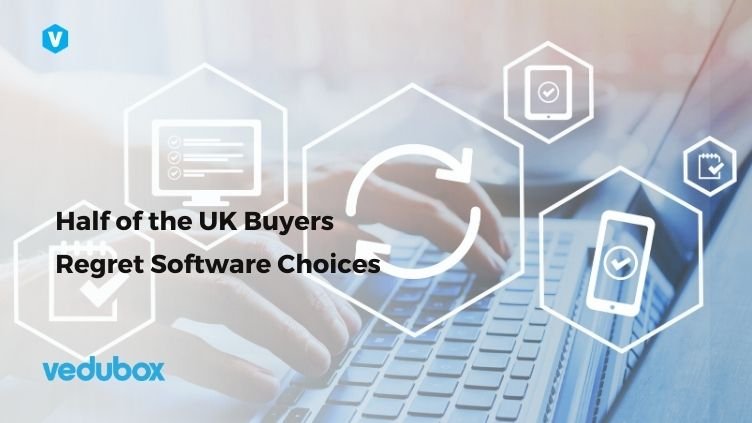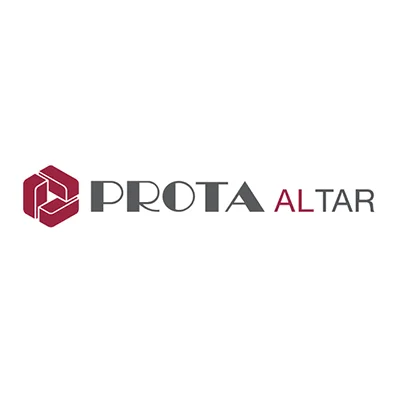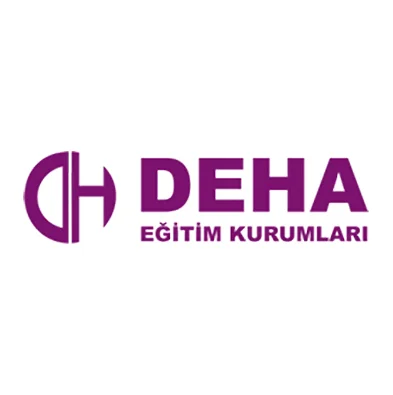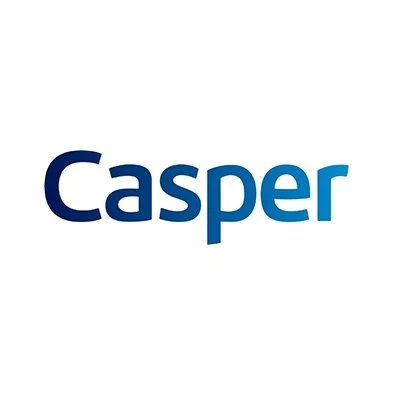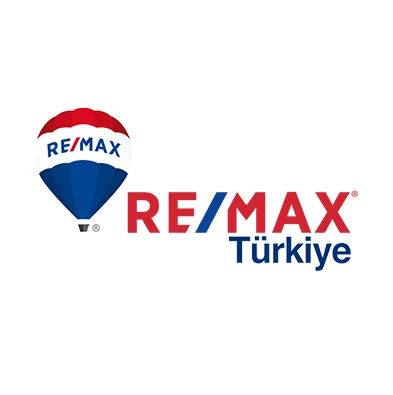You’ve probably spent hours poring over course completion rates and assessment scores, keeping tabs on who’s finished their compliance training and who’s aced the latest product module. But here’s the real question: do these numbers actually tell you if your team is prepared for whatever tomorrow throws their way?
For many UK businesses, learning and development reporting is still stuck in the past. It tells you who showed up and what they scored, but not what’s coming next. This backward-looking approach makes it tough to get ahead of the UK’s growing skills gap, leaving your organization exposed when the next big change arrives.
The future of strategic L&D, however, lies in learning analytics. It’s about shifting from simply reporting on the past to predicting future learning needs and proving a tangible return on investment (ROI). There are profound advantages to upskilling before a new technology even hits the market, or understanding the precise impact of a leadership program on employee retention.
From Reporting to Predicting
Understanding your current L&D analytics standing is the first step toward a more strategic future. It’s a progression, not a leap, and each level builds upon the last.
Level 1: Descriptive Analytics (“What Happened?”)
Your journey starts with basic questions: Who completed the training? What were their scores? How long did they spend on a particular module? The answers give you a snapshot of your team’s learning activity.
Vedubox makes this initial data collection easy through its effective built-in LMS reports, ensuring you have a clear picture of basic engagement.
Level 2: Diagnostic Analytics (“Why Did It Happen?”)
Moving beyond simple reporting, diagnostic analytics involves digging deeper to understand the “why” behind the data. This action correlates different data points to uncover patterns and root causes. For example, you might correlate low engagement scores in a particular module with high drop-off rates, identifying poor content design or a disengaged cohort.
This level enables you to compare data across different departments, regions, or specific demographics to understand why certain groups perform better or worse.
Level 3: Predictive Analytics (“What is Likely to Happen?”)
In this level, L&D becomes a strategic partner to the business if you can effectively utilize your training data and diagnostics. Predictive analytics focuses on using historical data to forecast future trends and anticipate needs.
Spotting skills gaps before they cause problems gives you a real edge. Imagine knowing which sales team members will need a refresher next quarter, just by looking at how they’re engaging with training now. This way, your team is always one step ahead.
A Practical Guide: Using Analytics to Pinpoint Future Skills Gaps
Transitioning to predictive learning analytics might seem daunting, but it’s a systematic process that yields significant benefits of learning analytics. Here is a practical guide to help your business get started.
Step 1: Start with Your Business Goals
Don’t look at your data in isolation. The best learning strategies are tied directly to your business goals. Start by figuring out your key targets, then use your analytics to show how training is moving the needle.
Step 2: Integrate Your Data Sets
To really spot skills gaps, you need the full picture. That means pulling together data from all corners—your LMS, HR system, CRM, even project management tools. When everything’s in one place, you can finally see the patterns and avoid missing out on key insights.
Step 3: Identify Leading Indicators
What learning behaviors or outcomes lead to success within your organization? These indicators help you build future-proof training strategies tailored to each department and individual.
For example, you might discover that “learners who complete elective modules on communication skills have a 15% higher customer satisfaction rating” or “engineers who engage with advanced troubleshooting scenarios in their employee training reduce critical incident resolution time by 20 percent.”
Step 4: Build Your Predictive Model
Once you know what to look for, you can build custom learning paths that target exactly what each person needs. This way, you can tackle weak spots before they ever turn into real issues.
By monitoring these signals, you’ll spot who might need extra help and step in before any gaps show up. It’s a way to close skills gaps before they even appear.
How Vedubox Powers a Predictive L&D Strategy
If you want to move from just reacting to actually predicting what’s next, you need everything in one place. That’s why we built Vedubox to be your go-to partner for advanced learning analytics.
- All-in-One Data Hub: What sets Vedubox apart is how it brings everything together. LMS, virtual classrooms, online exams — all in one place. No more chasing data across different systems. You gain a clear and comprehensive view of how your people are learning, performing, and progressing. Suddenly, analysis becomes not just easier, but far more powerful.
- Impactful Reporting & Analytics Suite: Vedubox goes beyond basic LMS reports. Our advanced reporting and analytics suite empowers L&D managers to track engagement levels in detail, measure performance over time, and gain deep insights into learner behavior. Crucially, the platform allows for easy data export, enabling you to correlate training data with other business systems, such as HRIS or CRM, thereby fulfilling the need for integrated datasets outlined earlier.
- Personalized Learning Paths: When Vedubox shows you where the gaps are, acting is simple. Assign courses, build custom programs, and track progress down to the individual or team. This hands-on approach keeps your L&D strategy nimble and always ready for what’s next.
From Data Administrator to Strategic Partner
Moving from basic reports to advanced analytics can transform any L&D team. As you shift from just describing what happened to predicting what’s next, your impact grows. The payoff is clear: a learning function that’s proactive, powerful, and tightly linked to your business goals.
When you embrace learning analytics, you move from just managing data to driving real value for your business. Vedubox gives you the tools to make this shift easy. It helps you see what’s happened, predict what’s coming, and build a team that’s ready for anything.
See for yourself how Vedubox can help you build the future-ready team your business needs. Let’s take you on a hands-on demo.
